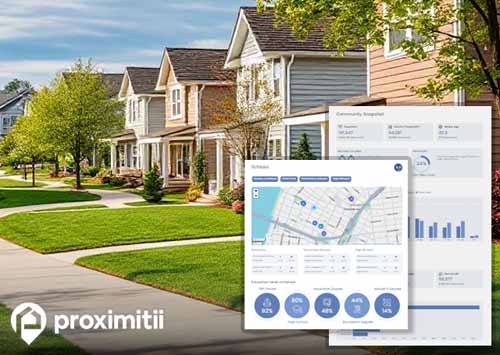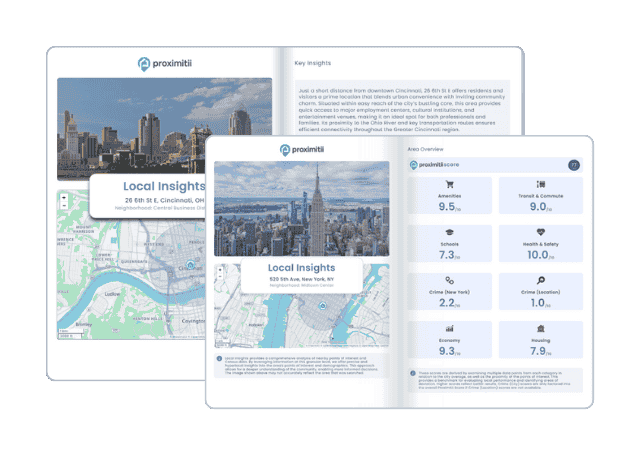| Statistic | Reportedincidents | /100k people | Jamaica Beach/100k people | Texas/100k people | National/100k people |
| Total crime | 6 | n/a (estimate) | 558 | 2,430 | 2,119 |
| Murder | 0 | n/a | 0.0 | 5.2 | 5.0 |
| Rape | 0 | n/a | 0.0 | 50.0 | 37.5 |
| Robbery | 0 | n/a | 0.0 | 63.5 | 60.6 |
| Assault | 0 | n/a | 0.0 | 270.7 | 256.1 |
| Violent crime | 0 | n/a (estimate) | 0 | 389 | 359 |
| Burglary | 2 | n/a | 186.0 | 284.3 | 229.2 |
| Theft | 4 | n/a | 372.1 | 1,425.6 | 1,272.1 |
| Vehicle theft | 0 | n/a | 0.0 | 330.7 | 258.8 |
| Property crime | 6 | n/a (estimate) | 558 | 2,041 | 1,760 |


Looking at the most recent crime report, the crime rate in Jamaica Beach is 71.7% lower than the national average. These crimes fall into two primary categories: violent and property. Violent crimes encompass murder, rape, robbery and assault, while property crimes involve theft, vehicle theft and burglary. In Jamaica Beach, there were 2 reported violent crimes, equivalent to 188 per 100,000 individuals, 49.2% lower than the national average. Additionally, there were 5 property crimes, amounting to 469 per 100,000 residents, 76% lower than the U.S. average.
Boasting a crime rate of 657, well below the national average of 2324, Jamaica Beach emerges as a standout destination for those seeking a secure place to reside in the United States. This crime rate is derived from the total occurrences of both violent and property crimes per 100,000 residents, underscoring the unwavering dedication of Jamaica Beach to ensure a safe living environment for its residents.
In the most recently reported crime year, Jamaica Beach registered zero reported homicides. This statistic not only designates the area as an exemplar of security but also emanates a profound sense of safety within its community. A minimal incidence of severe violent crime not only fosters a strong sense of well-being among residents but also sets a commendable standard for other regions aiming to cultivate similarly safe surroundings.
Since 1990, property crime rates per 100,000 people in the United States have steadily decreased. Recently, the average did increase slightly. Having said that, Jamaica Beach has a property crime rate that is well below the national average with only 469 reported property crimes compared to the national average of 1954. Based on this report, Jamaica Beach remains a very safe place to live with regards to property crime.
The United States contends with some of the globe's most elevated vehicle theft rates, reaching around 300 incidents per 100,000 individuals. Remarkably, merely a small fraction, approximately 10%, of cities have been fortunate enough to remain unscathed by vehicle theft reports. In this regard, Jamaica Beach stands out as one of those cities, as it reported no vehicle thefts in its most recent crime report.
To get a feel for the safety of living in Jamaica Beach, it's essential to analyze both the overall crime rate and the daily incident count. Jamaica Beach presents a total crime rate that is 72% lower than the national average per 100,000 residents. Consequently, Jamaica Beach experiences an average of 0.02 daily crimes, comprising 0.01 violent incidents and 0.01 property-related offenses. This evaluation offers a comprehensive understanding of the safety landscape, aiding individuals in making informed decisions when considering relocation.
Year-over-year crime data allows residents and potential residents to assess the crime in Jamaica Beach. A decrease in crime rates may indicate improving safety, while an increase could raise concerns. The year-over-year crime rate in Jamaica Beach has increased by 40%. Violent crimes have increased by 100%, while property crimes have increased by 25%. By comparing crime rates from one year to the next, authorities and communities can identify trends and patterns in criminal activity. This helps in understanding whether crime is increasing, decreasing, or remaining stable over time.
In Jamaica Beach, the current unemployment rate stands at 8.1%, diverging from the national average of 4.7%. The availability of job opportunities is a pivotal factor influencing unemployment and underemployment rates. Communities where individuals contend with limited employment prospects or a preponderance of low-wage positions may witness elevated rates of joblessness and income inadequacy, which can contribute to heightened crime levels driven by financial insecurity. Conversely, areas characterized by robust employment rates often experience a reduction in overall Jamaica Beach crime rates.
The effectiveness of law enforcement and community policing initiatives can influence crime rates. A strong and collaborative relationship between the police and the community can deter criminal activity and improve safety. In Jamaica Beach, there are 4.94 police officers and civilians per 1,000 residents, compared to the national average of 3.25. The effectiveness of law enforcement often depends on community policing strategies that emphasize building trust and cooperation between the police and the community. It's not just about the number of officers but also how they engage with the community.
High rent costs can create economic stress for individuals and families, particularly those with limited financial resources. When a significant portion of one's income is spent on housing, there may be less money available for other essential needs such as food, healthcare and education. Economic stress can contribute to desperation and potentially lead individuals to engage in criminal activities, such as theft or fraud, as a means of financial survival. Average rent rates in Jamaica Beach are $1,223, compared to a national average of $949 per month.

Why stop at city-to-city? With Local Insights, you can compare neighborhoods, zip codes, or even exact addresses. Access 300+ hyperlocal data points—from schools and crime to housing and amenities—to see which area is the better fit.

| Item | Jamaica Beach | Texas | National |
| Law enforcement employees (officers & civilians) | 5 | 46,020 | 558,732 |
| Police officers & civilians /1000 residents | 4.9 | 3.0 | 3.3 |
| State | Total offenders | Texas /100K | National /100K |
| Texas | 95,281 | 443 | 266 |
| City | Population | Violent crime/100k people | Property crime/100k people | Total crime/100k people |
| Tiki Island, TX | 1,095 | 55 | 286 | 341 |
| Bayou Vista, TX | 1,967 | 57 | 453 | 510 |
| Santa Fe, TX | 13,326 | 84 | 735 | 820 |
| Hillcrest, TX | 702 | 238 | 1,247 | 1,484 |
| Hitchcock, TX | 7,831 | 331 | 1,771 | 2,103 |
| Texas City, TX | 49,468 | 339 | 2,216 | 2,555 |
| La Marque, TX | 16,983 | 540 | 2,260 | 2,799 |
| Jamaica Beach, TX | 1,299 | 0 | 558 | 558 |
| City | Population | Violent crime/100k people | Property crime/100k people | Total crime/100k people |
| Wortham, TX | 1,299 | 480 | 672 | 1,153 |
| Hayfield, MN | 1,299 | 114 | 713 | 827 |
| Eastport, ME | 1,300 | 0 | 153 | 153 |
| Barneveld, WI | 1,300 | 84 | 349 | 433 |
| Dewart, PA | 1,298 | 95 | 556 | 651 |
| Jamaica Beach, TX | 1,299 | 0 | 558 | 558 |